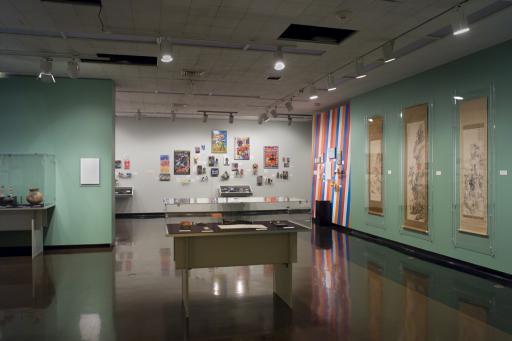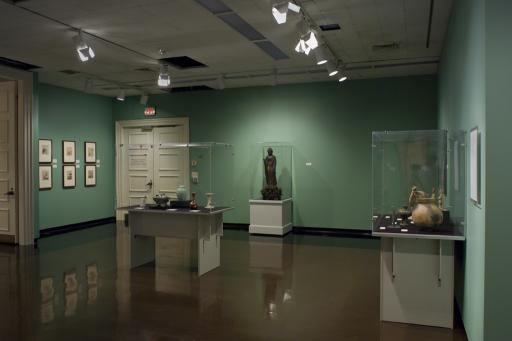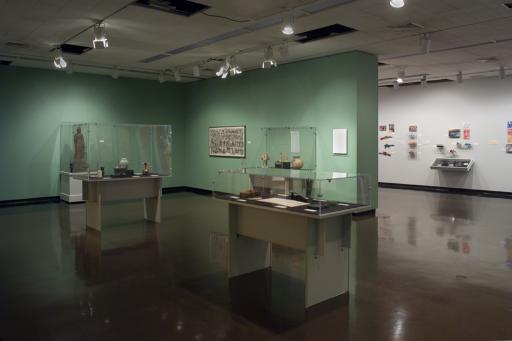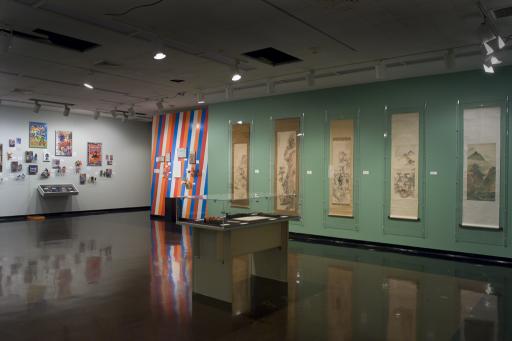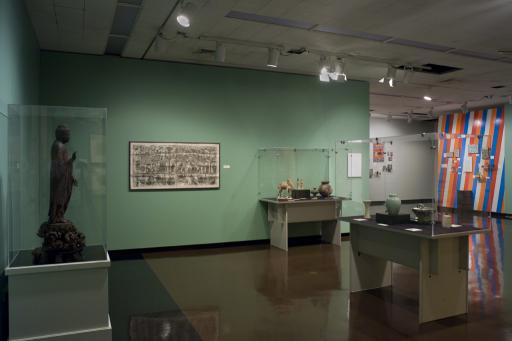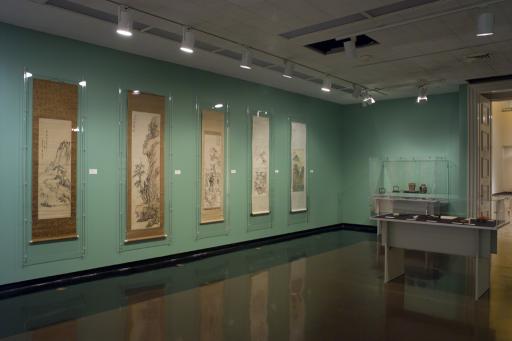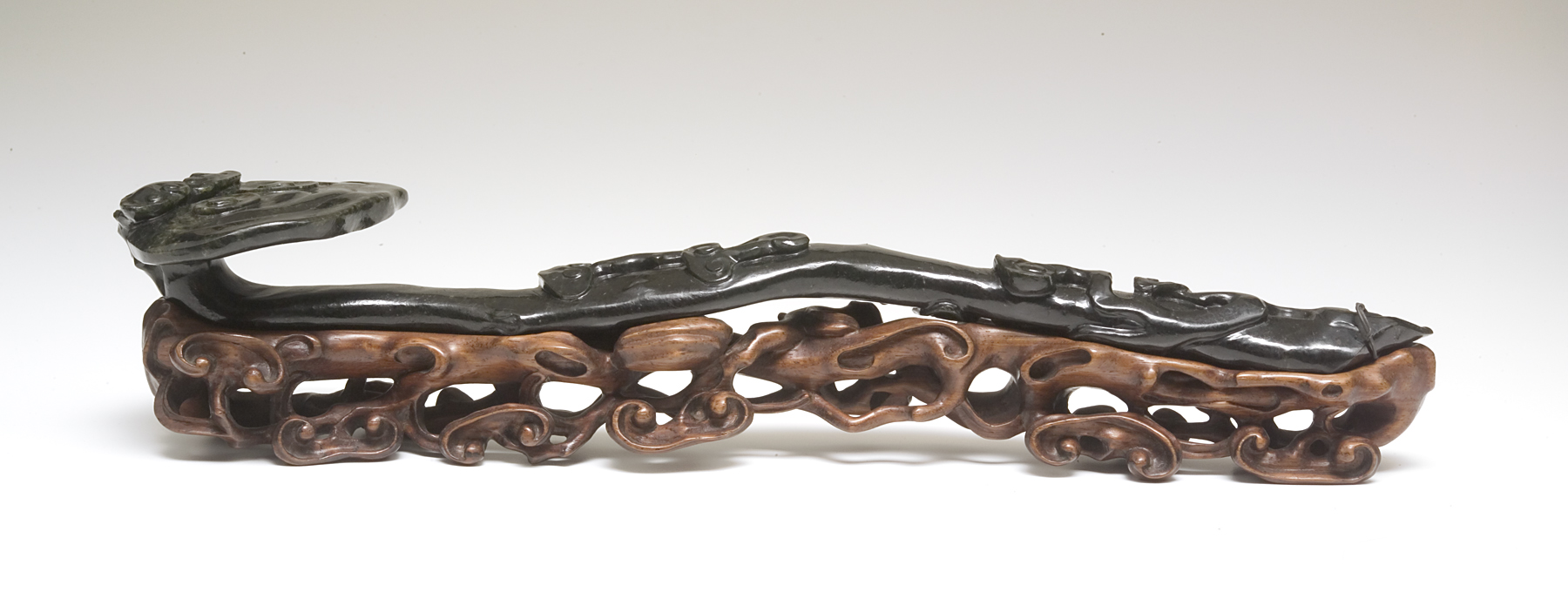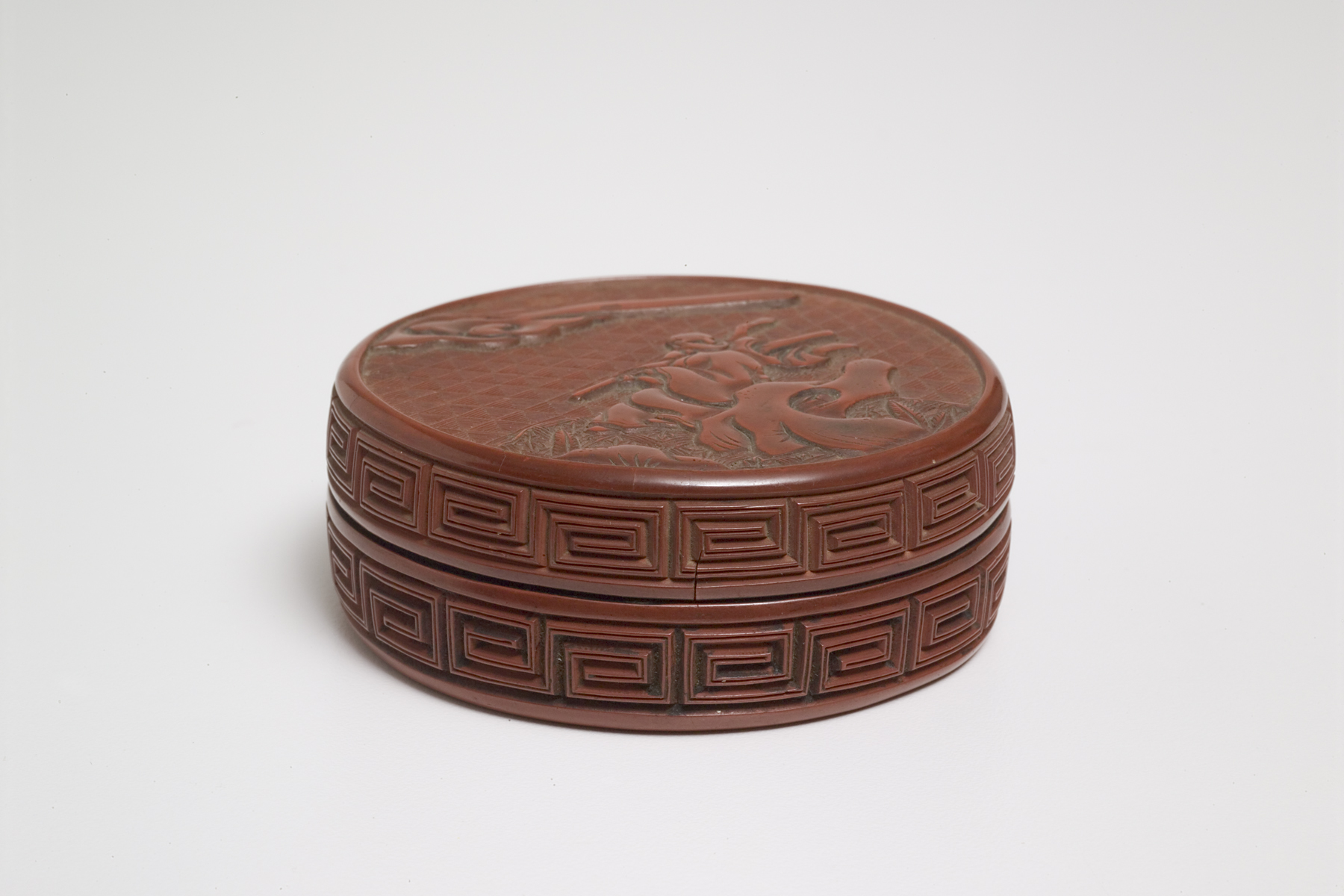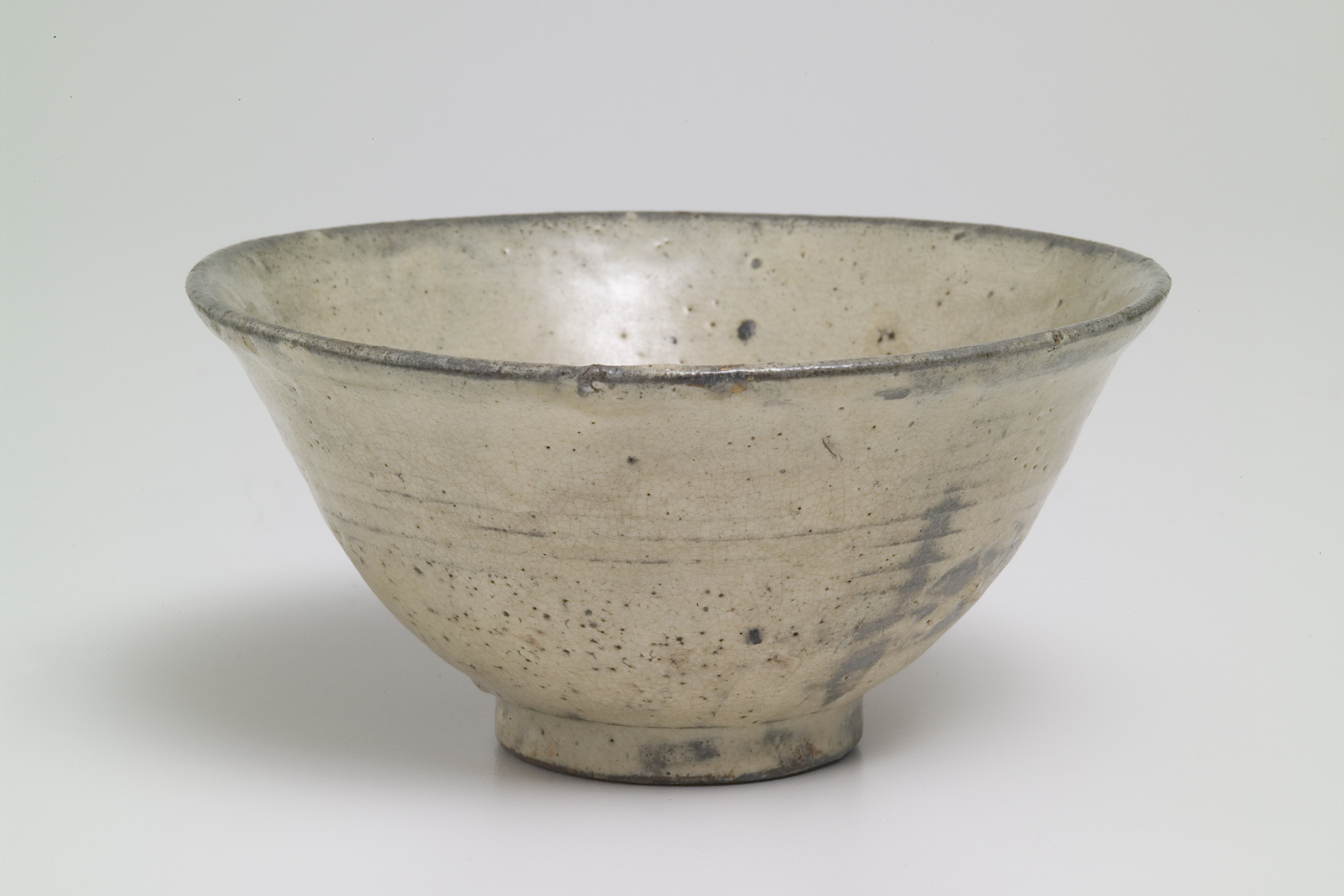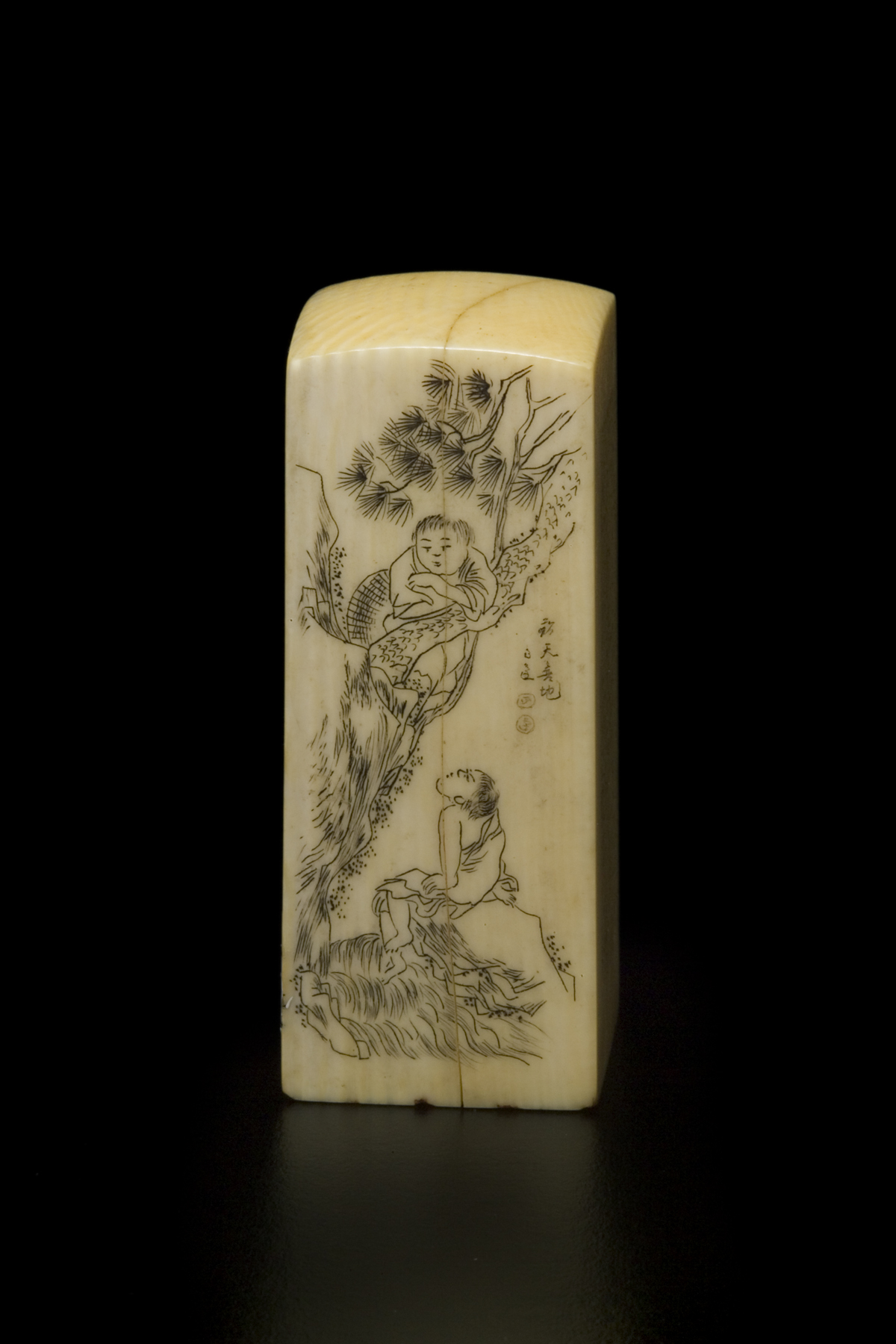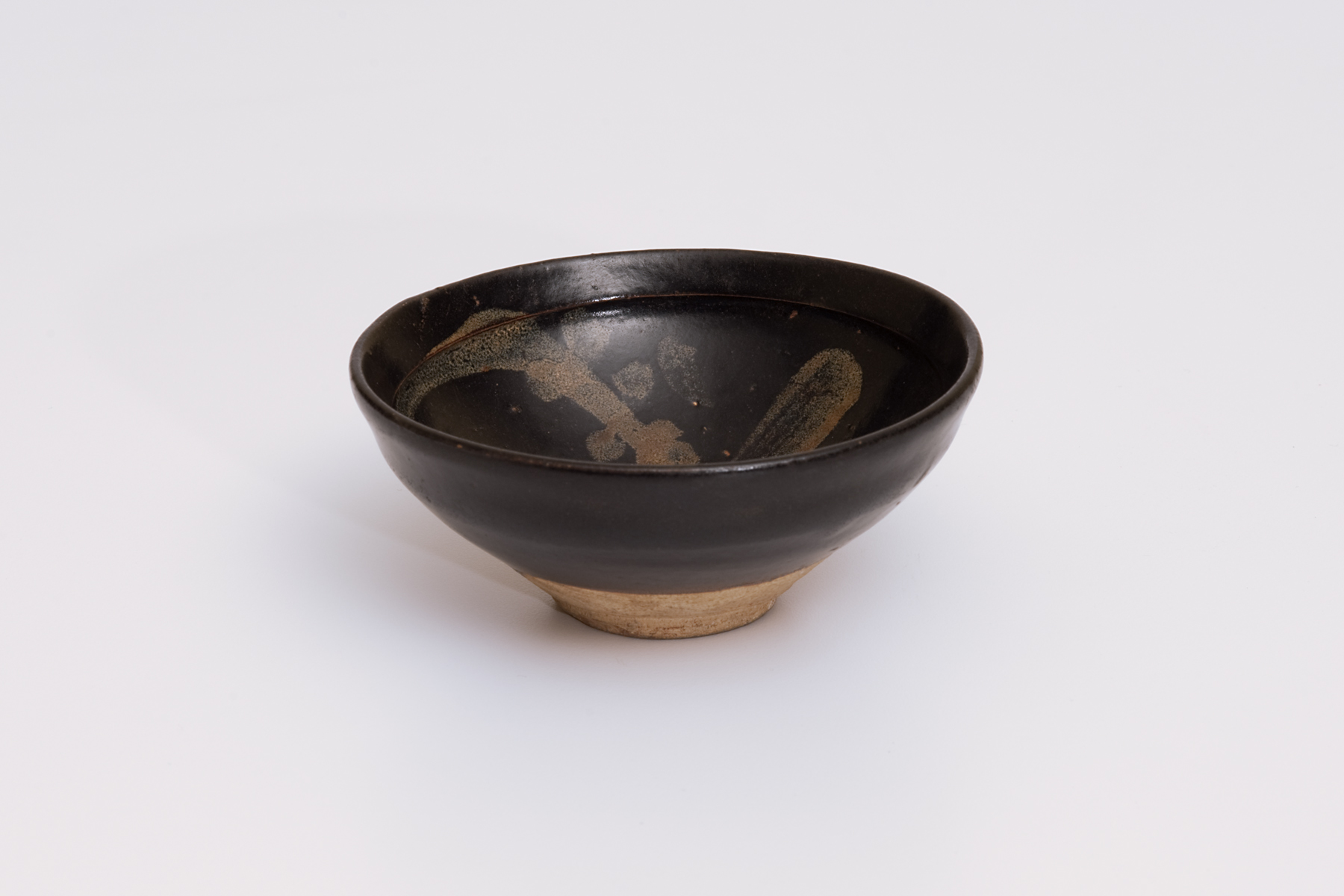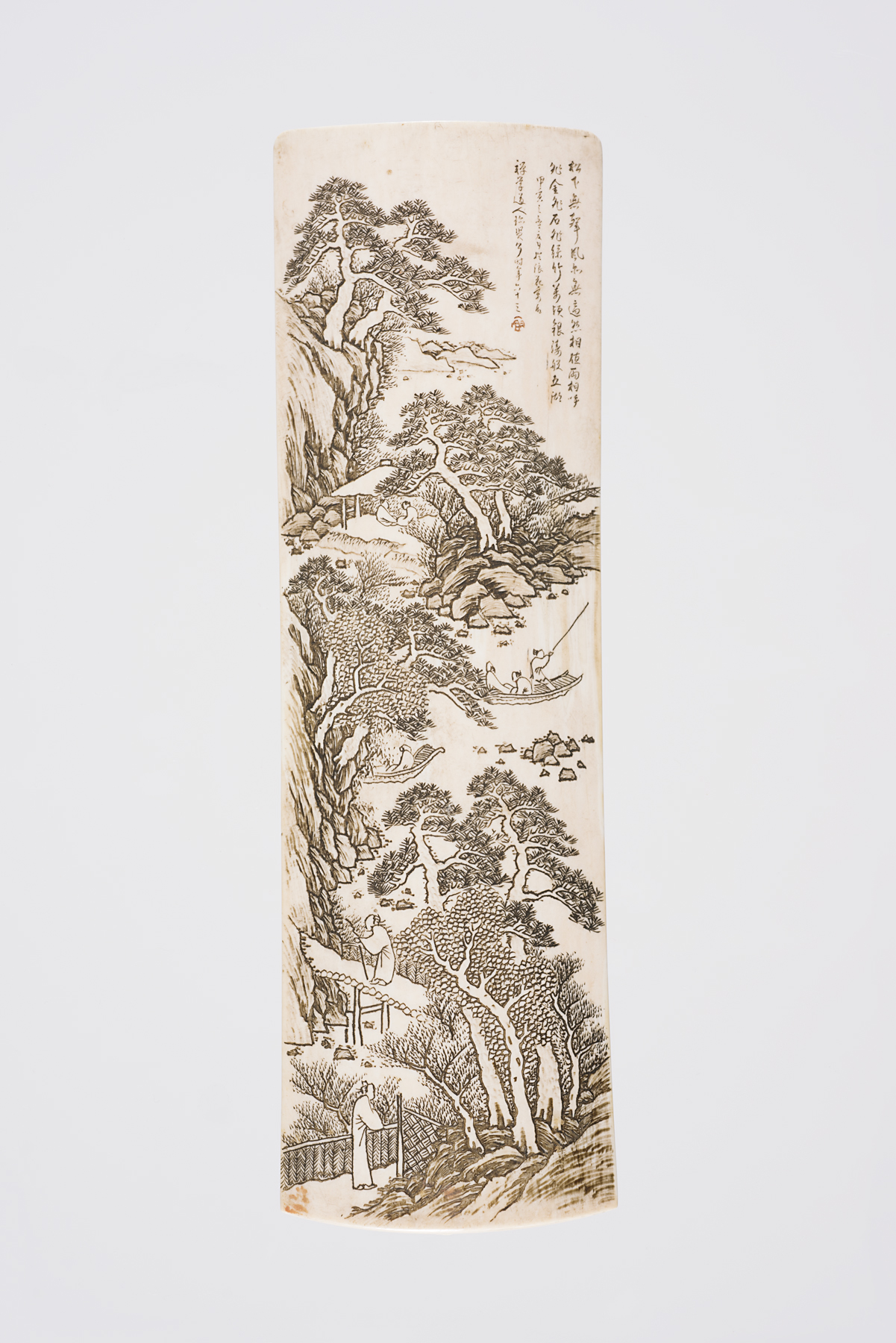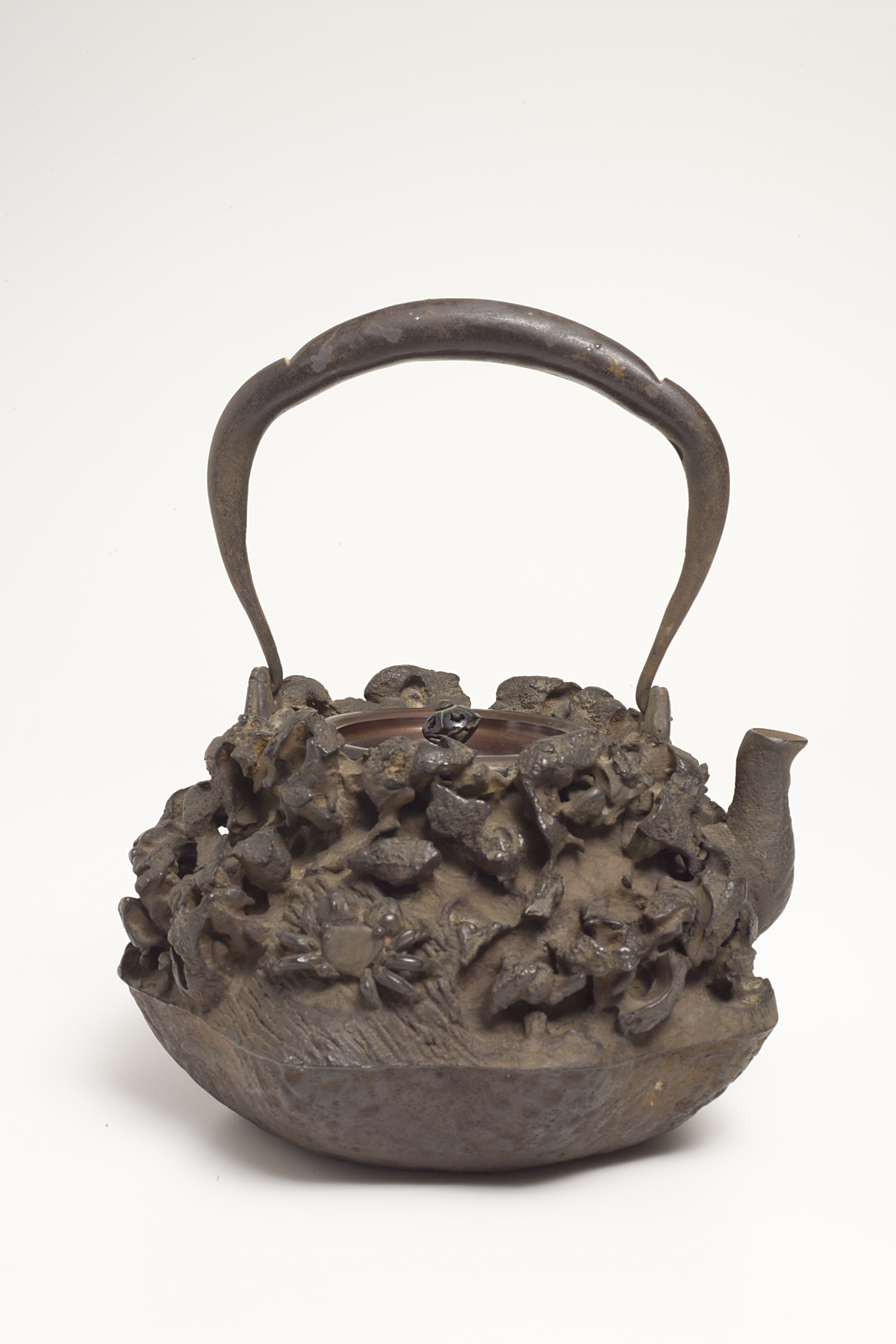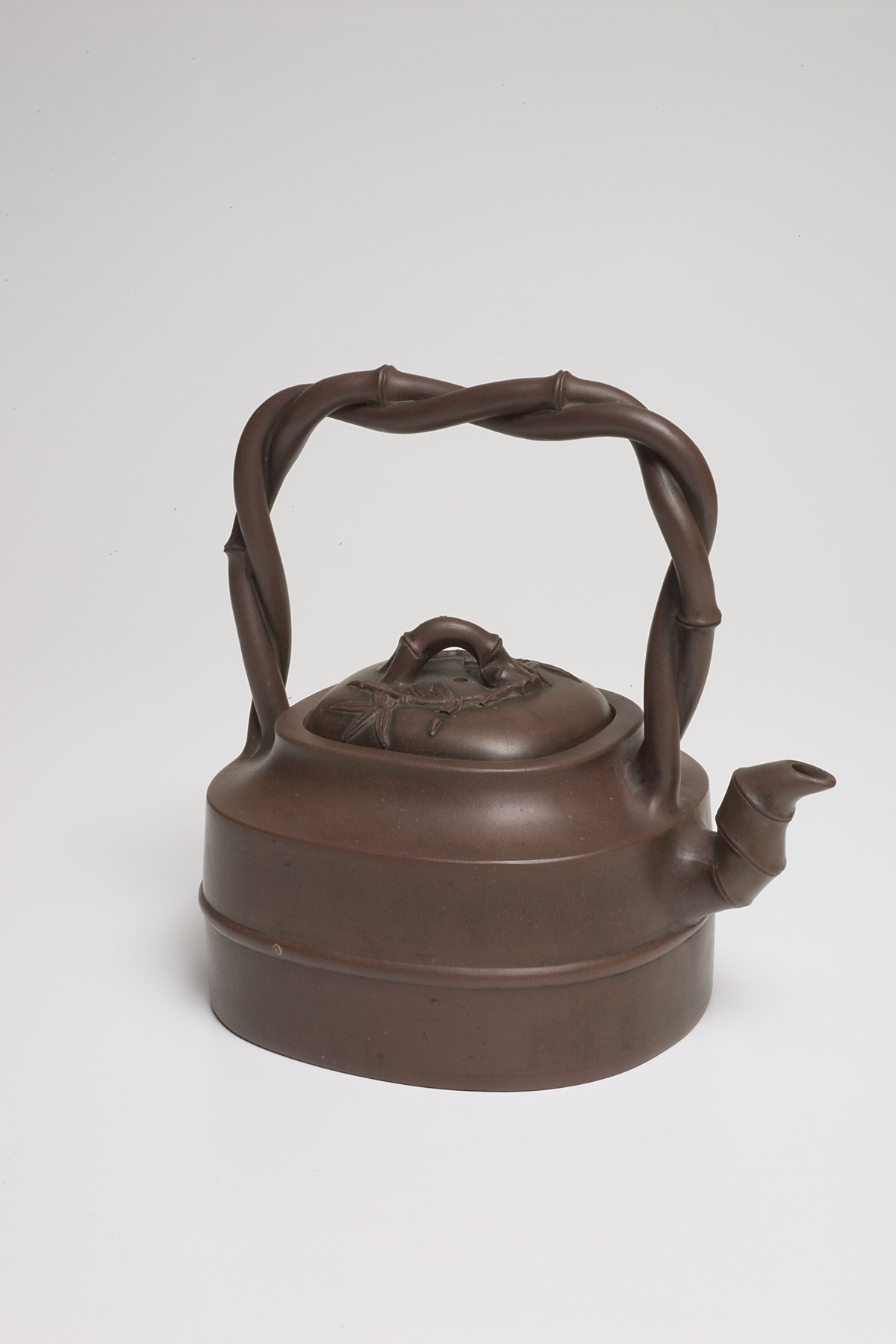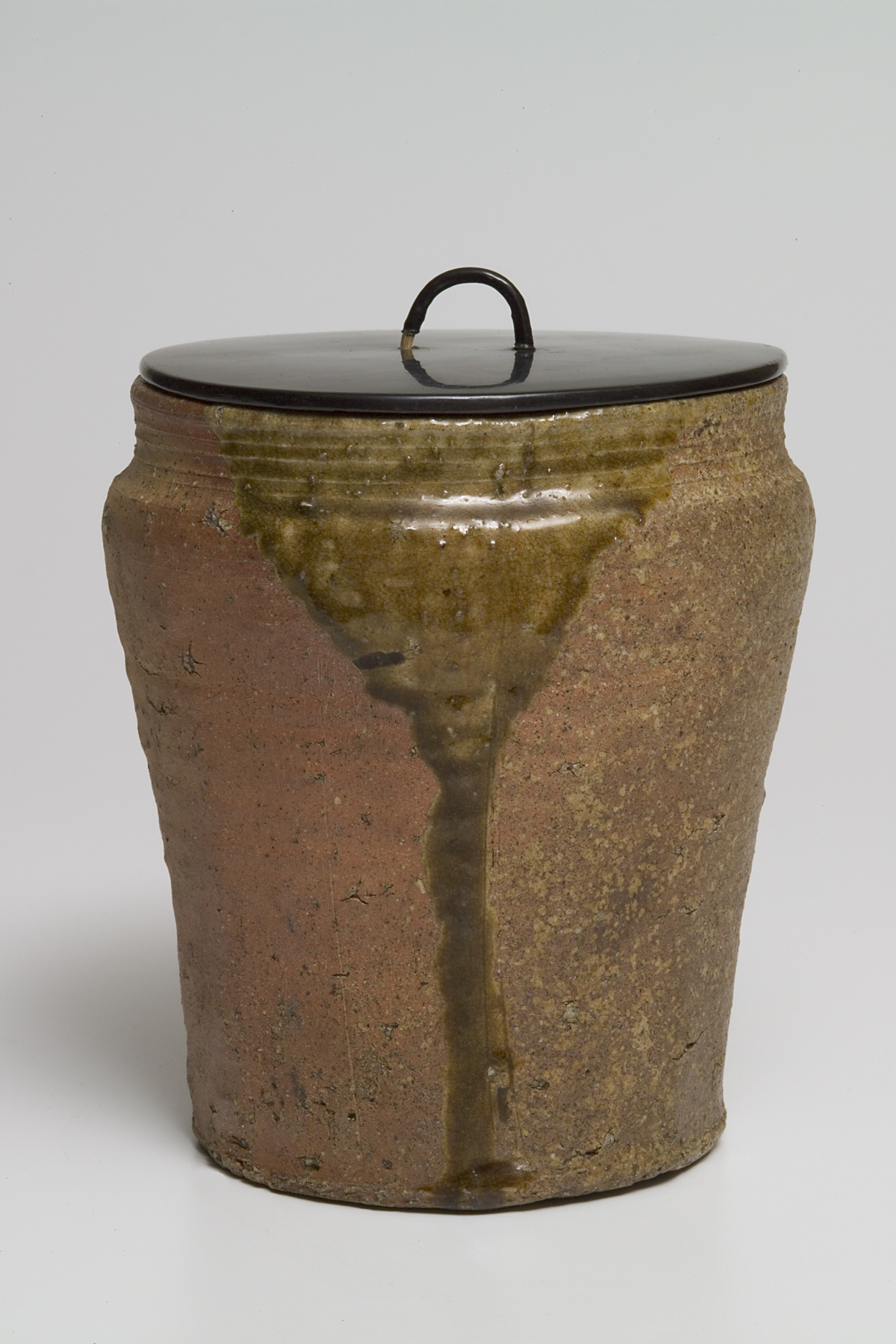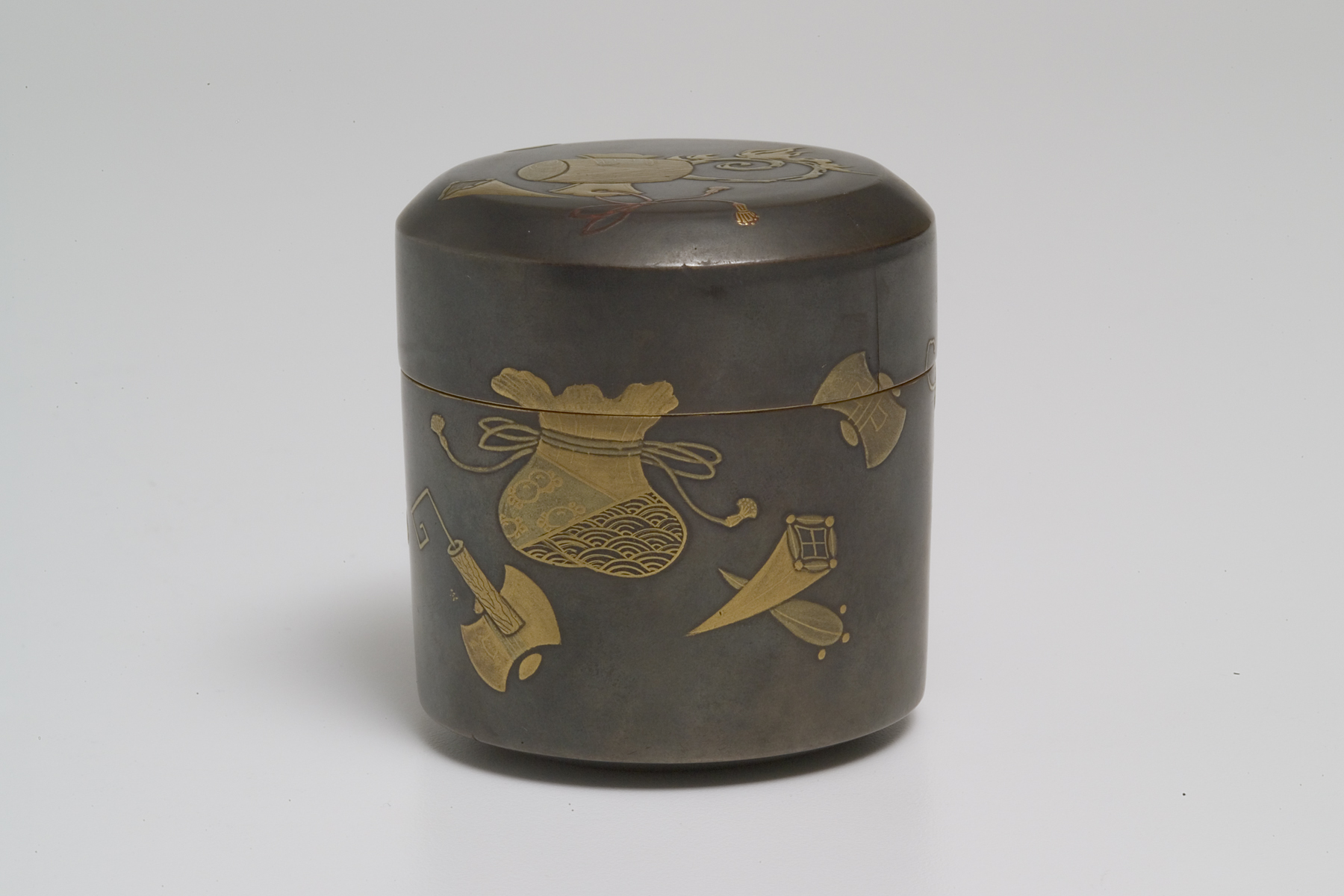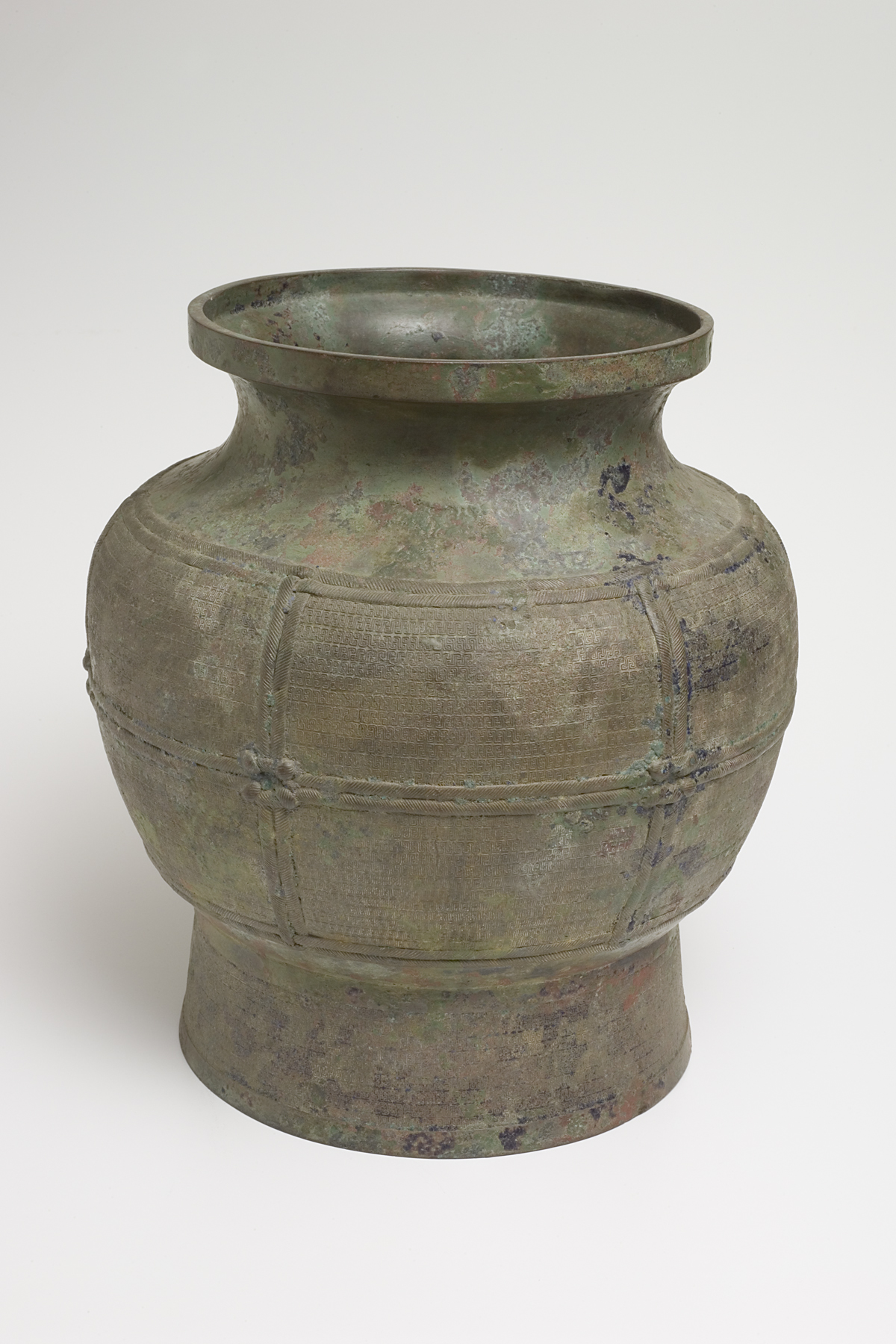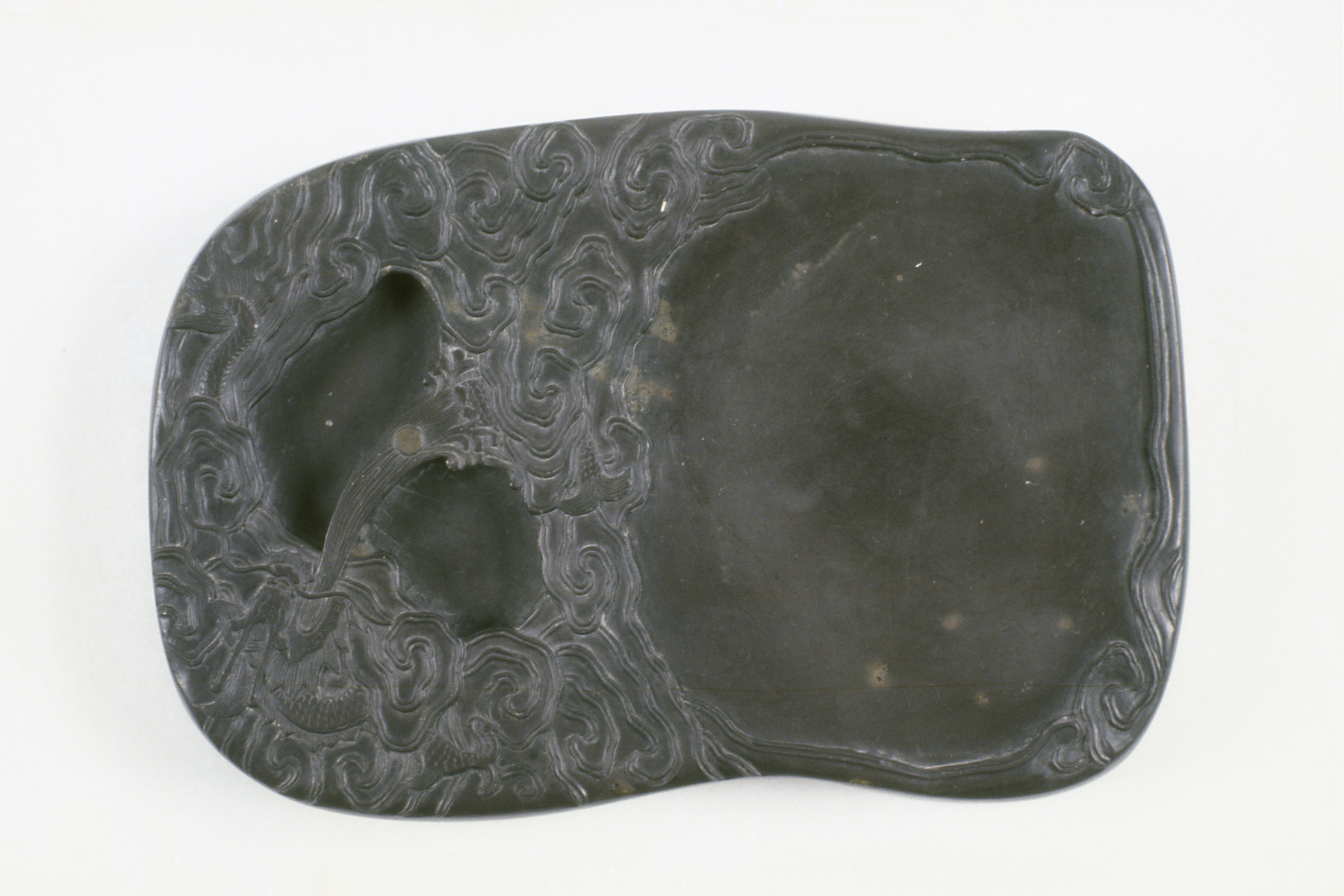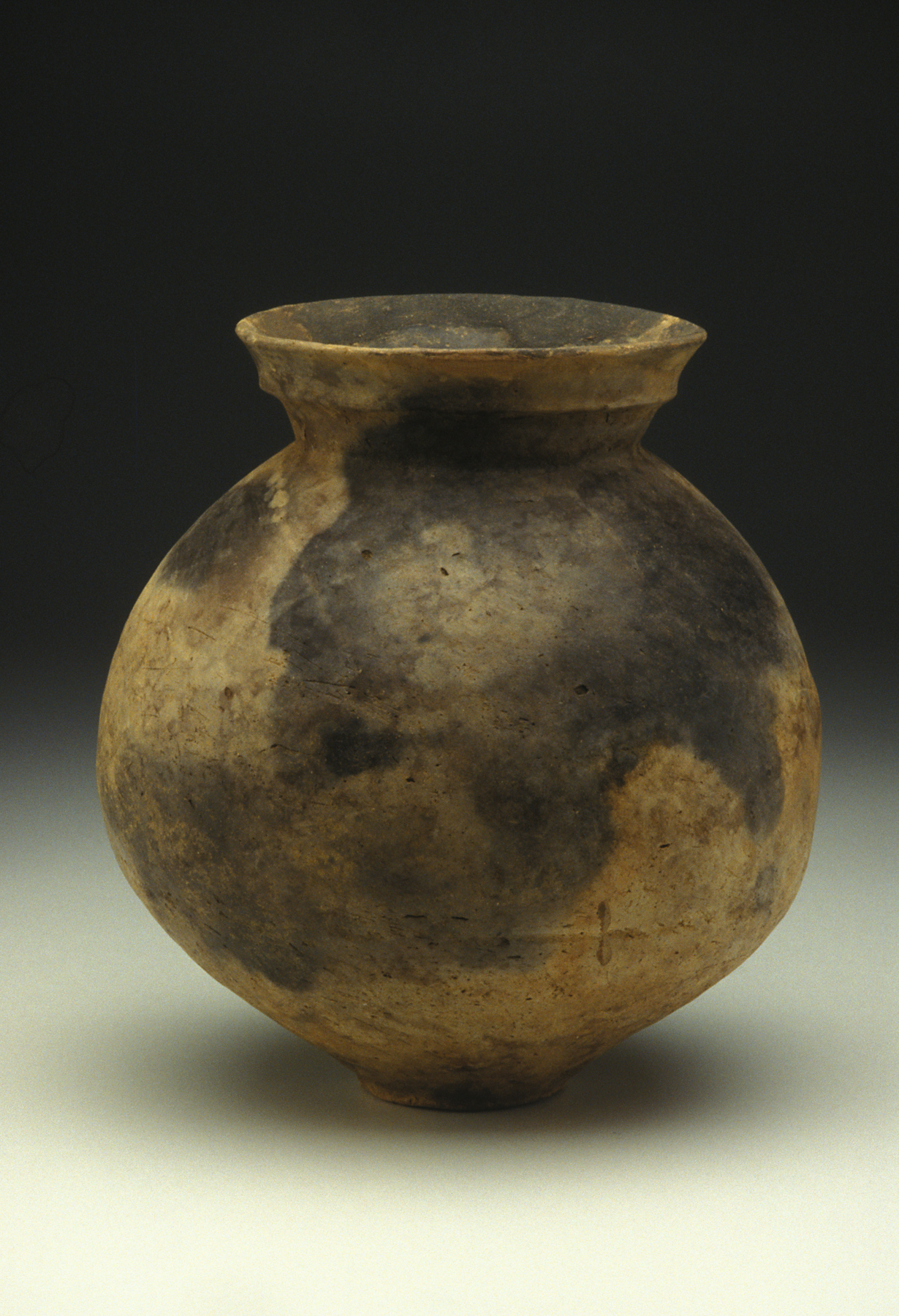Reviving the Past: Antiquity & Antiquarianism in East Asian Art
Exhibition Overview

This thematic presentation of the Spencer’s permanent holdings in the arts of China, Korea, and Japan explores the idea of “antiquity” as a resonating force in the creative reframing of art and visual culture in East Asia from the Neolithic period to the contemporary. In China, the notion of fu gu or “returning to antiquity” was a process of constant renewal in which ideas, theories, and styles of art from the past were used to rethink and rejuvenate a wide range of media including painting, prints, bronzes, ceramics, religious art, and architecture. This installation not only examines how the phenomena of antiquarianism informed artistic production within East Asia but also considers the development of international trade and modern national identity as relevant factors in this process. As part of this ongoing installation, a selection of paintings, prints, screens, and select objects from the collection on the theme of antiquarianism will rotate routinely to refresh and stimulate ongoing dialogues about this rich topic.
